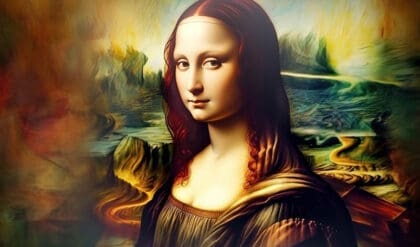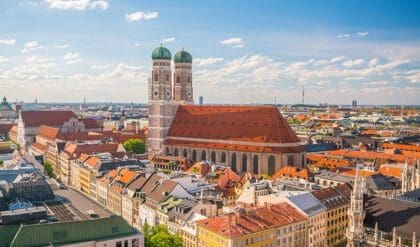Introduction
The Louvre Museum in Paris is renowned worldwide for its awe-inspiring collection and historical significance. It stands as a testament to the rich cultural heritage of France. As a beacon of art and history, it attracts millions of visitors annually, eager to explore its extensive galleries and iconic architecture.
The Rich History of the Louvre Musuem
Originating around 1200 AD as a fortress commissioned by King Philippe II Auguste, the Louvre’s journey through the centuries is as captivating as its contents. Transformed into a royal palace by King Charles V in the 14th century, it has undergone numerous renovations and expansions, reflecting the grandeur of successive French monarchies. The palace, which became a public museum following the French Revolution in 1793, showcases a fascinating blend of medieval fortifications and modern architectural marvels, including the iconic glass pyramid introduced in 1989.
A World of Art in the Heart of Paris
Boasting over 380,000 artworks spread across a staggering 60,000 square meters, the Louvre is the third-largest museum globally. It’s not just its size but the diversity and richness of its collections that leave visitors in awe. From the enigmatic smile of the Mona Lisa to the grandeur of ancient Egyptian artifacts, every corner of the Louvre offers a unique glimpse into the world’s artistic and cultural history.
Planning Your Visit to the Louvre
Visitors should note the following essential information to enhance their Louvre experience:
- Opening Hours: Monday, Thursday, Saturday, and Sunday from 9:00 AM to 6:00 PM; Wednesday and Friday from 9:00 AM to 9:45 PM.
- Closed on January 1, May 1, November 1, and December 25.
- Admission Fee: €15.
- Free Entry: Youths under 18, EU citizens up to 25 years old, unemployed individuals, and disabled visitors.
Navigating the Louvre’s Galleries
The museum is divided into three main wings (Sully, Richelieu, Denon) and spans four floors. Each of them boasting an array of artistic treasures:
- Subterranean Level: History of the Louvre, Islamic art, Egyptian collection, and artworks from the Mediterranean Orient during the Roman Empire.
- Ground Floor: Medieval to 19th-century sculptures, oriental artifacts, and comprehensive collections from ancient civilizations.
- First Floor: Renowned paintings, including the Mona Lisa, and an array of graphic arts and decorative objects.
- Second Floor: Masterpieces by French and European artists, along with a diverse range of paintings and drawings.
Beyond the Louvre Museum: The Louvre’s Extended Offerings
The Louvre’s 135,000 square meter space houses more than just its museum. It includes the Ècole du Louvre, a prestigious school of art history, the Central Union of Decorative Arts, and a dedicated research and restoration center for museums. Additionally, the Carrousel du Louvre, an underground shopping mall, adds a modern twist to the historical ambiance.
Conclusion
The Louvre Museum is more than a mere repository of art. It’s a living, breathing embodiment of human creativity and historical progression. Whether you’re an art aficionado or a casual visitor, a trip to the Louvre Museum in Paris promises an enriching, unforgettable experience.







